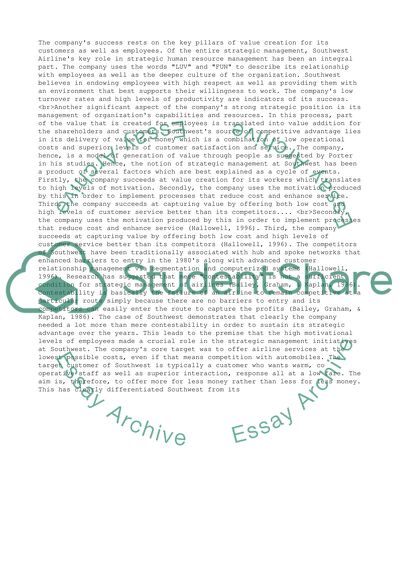Cite this document
(“Strategic Management - Southwest airlines Term Paper”, n.d.)
Retrieved from https://studentshare.org/management/1397441-see-order-instructions
Retrieved from https://studentshare.org/management/1397441-see-order-instructions
(Strategic Management - Southwest Airlines Term Paper)
https://studentshare.org/management/1397441-see-order-instructions.
https://studentshare.org/management/1397441-see-order-instructions.
“Strategic Management - Southwest Airlines Term Paper”, n.d. https://studentshare.org/management/1397441-see-order-instructions.


